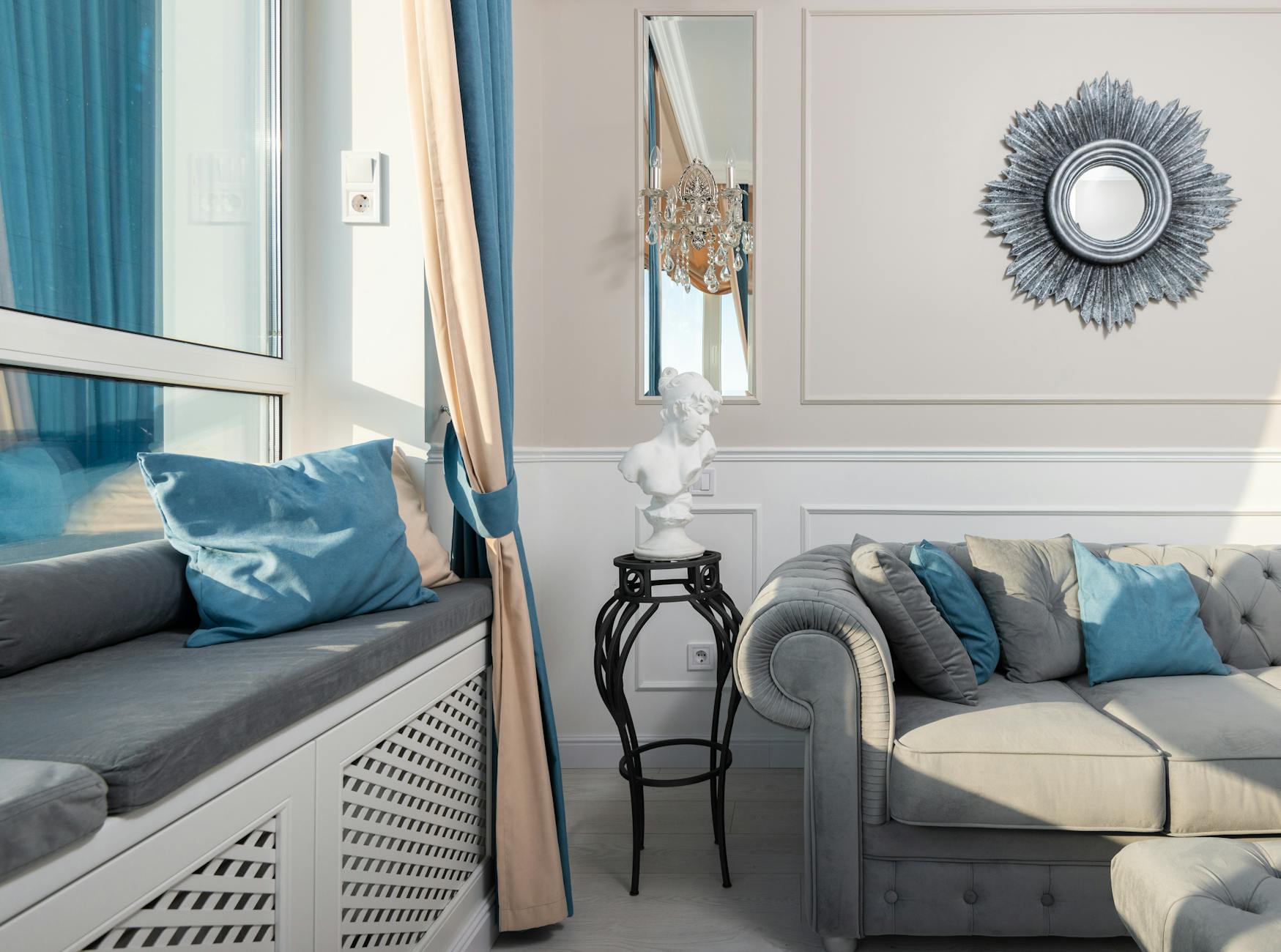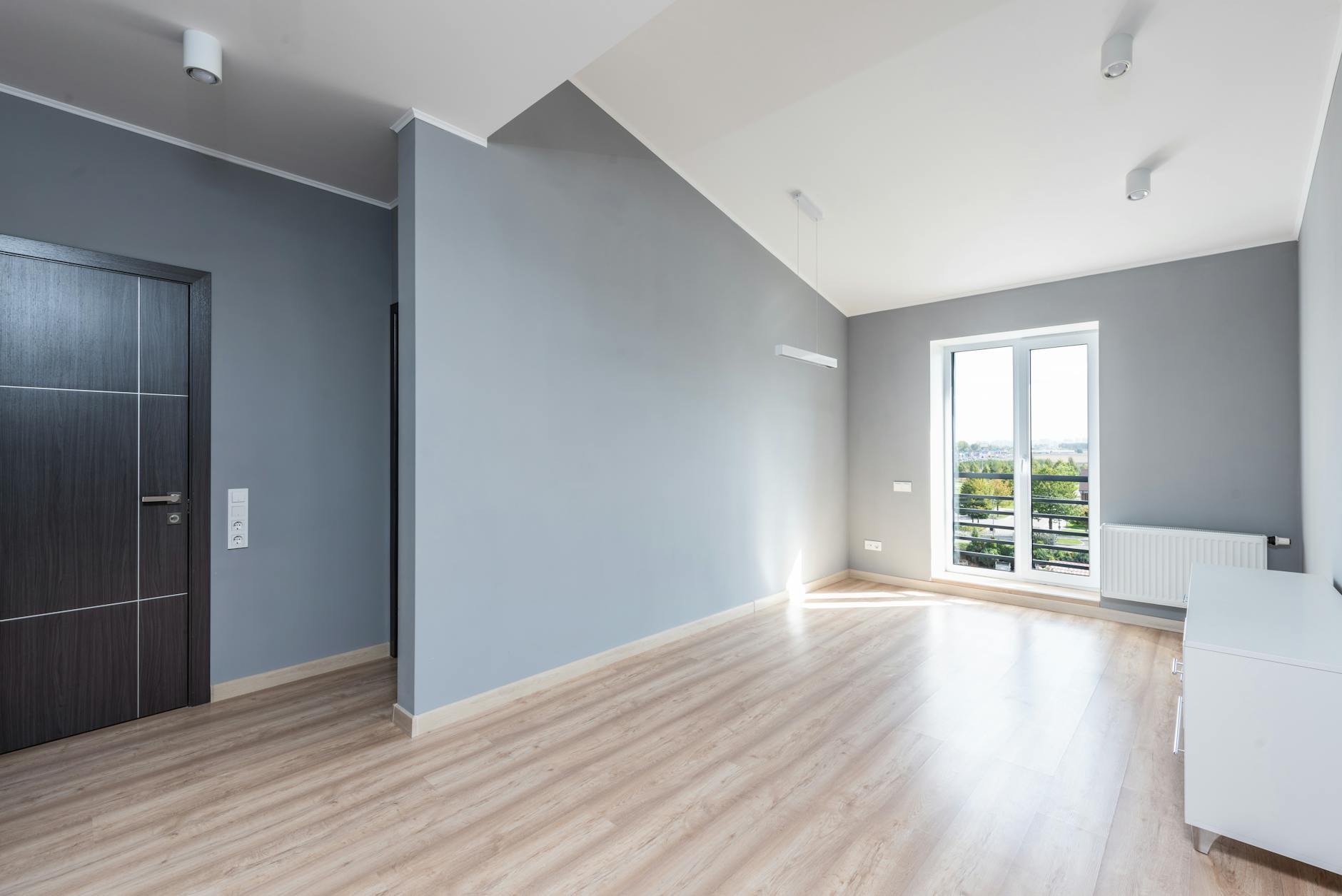What Makes Australian Display Homes a Hub for Sustainable Innovations

Sustainable Technologies
Energy-Efficient Solutions
In the realm of display homes, sustainable technologies are increasingly taking centre stage. One of the pivotal areas of focus is energy efficiency. Builders in Melbourne are integrating solutions like solar panels and energy-efficient appliances, ensuring homes have a reduced carbon footprint while remaining cost-effective. For instance, new homes melbourne builders are embracing innovative energy solutions that complement the green ethos found in eco-friendly buildings around South Bank.
Smart Home Integrations
Smart home integrations are becoming a staple in modern housing, aligning perfectly with the tech-savvy lifestyle many Australian homebuyers are seeking. From automated lighting to advanced home security systems, these features not only enhance convenience but also assist in reducing energy consumption. This tech-driven approach is particularly appealing to those who, like Liam, are constantly exploring tech integrations for modern living spaces, particularly in areas such as display homes melbourne.
Water-Saving Innovations
Water-saving innovations are another critical component within the spectrum of sustainable technologies. Melbourne homes are incorporating water-efficient fixtures, greywater recycling systems, and rainwater harvesting setups, which are not only practical but essential for sustainable living. In embracing these methods, environmental impact is minimised, reflecting a commitment to eco-friendly practices reminiscent of the architecture exhibitions at the Queensland Art Gallery and the green spaces in the vicinity of Roma Street Parkland. Whether exploring the potential of display homes gisborne or venturing into modern builds across the city, these sustainable technologies are paving the way for a more environmentally conscious future.
Building Materials
Eco-friendly Options
When it comes to choosing eco-friendly building materials, the construction industry offers a range of options that contribute positively to the environment. Sustainable innovations have paved the way for materials like bamboo, which is fast-growing and reduces deforestation. Additionally, responsibly sourced timber remains a popular choice for eco-conscious builders. I've seen these trends mirrored in projects near ecology-focused landmarks like the eco-friendly buildings around South Bank, where sustainable materials are a fundamental part of the architectural landscape. These materials ensure that homes are comfortable and have a low impact on the environment.
Recycled Materials
The utilisation of recycled materials is crucial in reducing waste and conserving natural resources. Materials like reclaimed wood and recycled metal have become staples in eco-conscious construction. Using such products not only decreases the carbon footprint but also aligns with architectural trends that emphasise sustainability. Developments like Mt Atkinson display homes are great examples of where recycled materials have been cleverly integrated without sacrificing design quality. Embracing these materials allows builders to create stunning, resilient structures while ensuring environmental stewardship.
Future-Proof Design
A future-proof design ensures that a building remains relevant and efficient in the long term. This involves incorporating flexibility and anticipating technological advancements that preserve a home's functionality as times change. Elements like modular designs and adaptable spaces are crucial to this approach. A house and land package with such considerations might include pre-installed tech conduits or adaptable layouts, keeping pace with lifestyle changes and technological advancements. Professionals in the field are empowered to make lasting choices by staying informed of the latest eco-friendly building tips.
Design Strategies
Passive Solar Design
Harnessing the power of the sun through passive solar design is key to creating energy-efficient structures. By strategically positioning windows and selecting appropriate building materials, homes can naturally regulate temperatures—offering warmth in winter and coolness in summer. This method not only cuts down on energy bills but also minimises ecological impact, aligning perfectly with eco-friendly aspirations.
Biophilic Design Elements
Incorporating biophilic elements, such as green roofs or indoor gardens, inside a home nurtures a connection with nature that can enhance both well-being and air quality. If you find inspiration at the architecture exhibitions at Queensland Art Gallery, you'll likely appreciate how biophilic designs can transform living spaces, channeling the refreshing ambiance of eco-friendly buildings around South Bank.
Modular and Flexible Layouts
Now more than ever, Australians are considering modular and flexible layouts when exploring property options like a house and land package melbourne. These layouts offer adaptability, making it feasible to reconfigure spaces as needs evolve—perfect for folks who value a dynamic living environment. Solutions like partitions or movable walls cater to evolving lifestyle needs and unforeseen changes, presenting an opportunity to balance modern living with sustainable practices, whether you opt for a cheap house and land package or a custom build.
Remember, designs that emphasise sustainability can empower you to create spaces that are not just innovative but in harmony with the environment.
Community Impact
Green Spaces and Parks
Creating vibrant and sustainable communities in Australia involves integrating green spaces and parks that promote environmental stewardship. This approach not only enhances the ecological balance but also supports the well-being of residents. When considering point cook display homes, it's evident how these developments incorporate expansive green areas and eco-conscious designs. With a focus on incorporating natural elements, these spaces provide a sanctuary for both humans and wildlife. Establishing native plant zones, for instance, can improve air quality and support local biodiversity, reflecting the innovative designs seen at eco-friendly buildings around South Bank.
Shared Resources
Incorporating shared resources is a practical strategy to enhance sustainable living. Community bike-sharing programs, carpooling systems, and communal gardens exemplify efficient resource utilization, reducing individual carbon footprints. For professionals interested in display homes craigieburn vic, such shared amenities can offer attractive, cost-effective solutions while encouraging community bonding. By fostering collaborative consumption, developments can leverage residents' collective resources, promoting an interconnected and resilient community.
Community Engagement Initiatives
Effective community engagement initiatives are pivotal in maintaining a sustainable environment. Workshops, educational programs, and sustainability challenges can empower residents to contribute actively to ecological conservation. These initiatives not only reassure tech-focused professionals like Liam Nguyen but also align with the eco-friendly building tips highlighted at design exhibitions such as those at the Queensland Art Gallery. Such informed engagement cultivates a sense of ownership and responsibility among residents, ensuring the long-term success of sustainable initiatives.
Best Practices
Effective Implementation Techniques
Navigating the landscape of sustainable building practices requires a deft understanding of implementation techniques that yield tangible results. For those looking to make a significant impact, opting for locally sourced materials that reflect the sustainable ethos of eco friendly builders Australia can be transformative. Key strategies include integrating passive solar design principles to maximise energy efficiency and employing advanced green technology solutions, such as solar panels and rainwater harvesting systems. These measures not only enhance a building's sustainability but also make financial sense over the long term through reduced operational costs.
Avoiding Common Pitfalls
In our quest to build greener futures, it's crucial to sidestep common pitfalls that can hinder progress. A frequent misstep is neglecting site-specific considerations that influence the success of eco-friendly initiatives. Ensuring proper orientation and shading, akin to techniques utilised in eco-friendly buildings around South Bank, can save energy and harness natural light effectively. It's also pivotal to engage with professionals specialising in sustainable design to avoid costly errors in the planning phase, particularly when integrating innovative systems.
Staying Updated with Trends
Remaining abreast of the latest trends in sustainable architecture is vital for any professional dedicated to eco-conscious building. Attend exhibitions like the architecture ones at the Queensland Art Gallery to witness cutting-edge designs and materials first-hand. Moreover, subscribing to resources and forums that discuss emerging technologies and cutting-edge methodologies helps you stay informed and inspired. By regularly engaging with these platforms, you ensure that your practice is aligned with the most recent advancements in the industry, hence empowering you to integrate the best insulated roofing standards and beyond into your next project.


